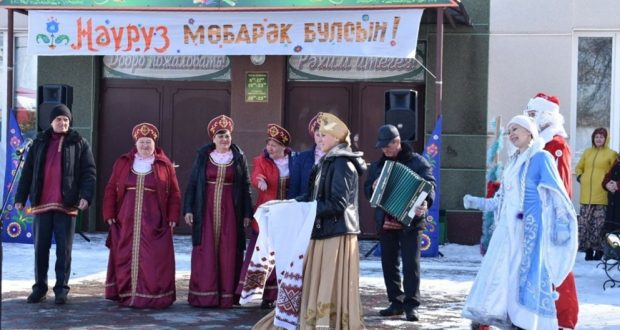Navruz is a holiday of spring and New Year’s Eve on the astronomical solar calendar, Iranian and Turkic people celebrate March 21.
Navruz, which translates from Farsi as a “new day” and symbolizes the beginning of a new life, is one of the most ancient holidays on Earth – it was celebrated in the VII century BC. Navruz is common among Muslim peoples, but it is a national holiday, which is associated with spring and the awakening of nature, as well as the beginning of agricultural work. Nowruz was included in the UNESCO Intangible Cultural Heritage List in 2009, and the UN General Assembly declared it to be International Day in 2010.
Not a single holiday table can do without ritual delicacy sumalak (malt halva) – it is boiled from the juice of germinated wheat grains with the addition of sugar and flour. The owner of the guests who came to the feast, stretches the dish with barely sprouted grain – its eating symbolizes the introduction to the revival of all living things. The children go home to the holiday and sing songs about Navruz, for which the hosts give them sweets. Festivities are held on the streets – artists perform, wits compete, songs and jokes sound.

